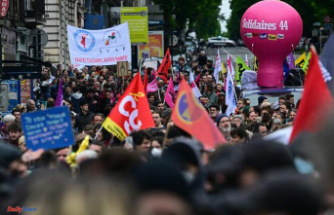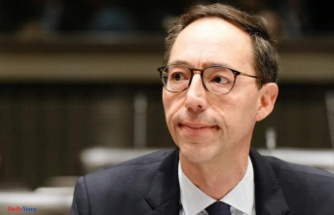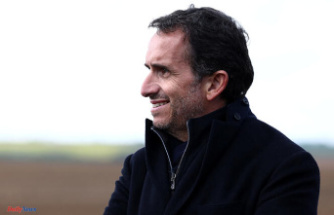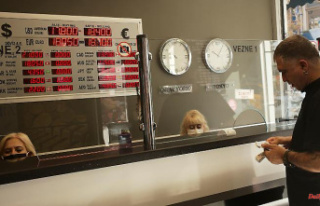The federal government promises a "massive" relief in the volume of a whopping 65 billion euros. But many questions are still open - including the most important ones.
With 65 billion euros, the federal government wants to provide relief in view of skyrocketing energy prices and high inflation. That sounds like a decent number - after all, that's twice as high as the first two relief packages together and corresponds to around 13 percent of this year's total budget. However, two not insignificant questions are still unresolved: How will this be financed? And how high is the relief actually?
Not even the traffic light coalition knows that. FDP boss and finance minister Christian Lindner called the package "massive" at the weekend and said that the volume of 65 billion euros was "very conservatively" estimated. It could also be higher. Government spokesman Steffen Hebestreit said today, Monday, that an exact breakdown of the package is not yet possible. The sum of 65 billion euros is only an estimate, so far there are no reliable figures.
Lindner assured that around 32 billion euros would be made available from the federal budget for the current and next year - in compliance with the previous budget plan. The new debt will not be increased, the debt brake will be observed again next year. The rest should be raised by skimming off the "chance profits" from energy producers.
It is not yet clear how this skimming will work and when it will start. Federal Chancellor Olaf Scholz spoke of a "revenue cap" for power producers who are not dependent on gas, which is currently very expensive, for production. The skimmed off profits are intended to ensure that private households are provided with a certain amount of electricity - the so-called basic consumption - at a reduced price. It has not yet been decided how high this basic consumption should be.
The federal government wants to coordinate its project with the European Union and is aiming for a largely uniform solution that should also apply to energy companies outside the electricity market. However, that can take time. If an EU-wide regulation is not implemented promptly, the traffic light coalition wants to implement "the adjustments in the electricity market design" itself. It is completely unclear how high the price limit should be up to which the energy suppliers are allowed to keep their profits for electricity generation. In an interview with the "FAZ" newspaper, Veronika Grimm described the planned measures on the electricity market as "unspecific".
There is a lot of ambiguity, not only on the revenue side, but also on the expenditure side. An example: The traffic light coalition promises to make 1.5 billion euros available for a nationwide ticket for local public transport. But only if the federal states participate in the same amount.
The package "contains at least as many ambiguities as relief measures. This applies to the design and to the financing," said Monika Schnitzer, the economics expert, to the "Handelsblatt". The traffic light formulated a lot of goals, but hardly showed the way to get there. The conclusion of the economist: "The principle of hope applies here."












